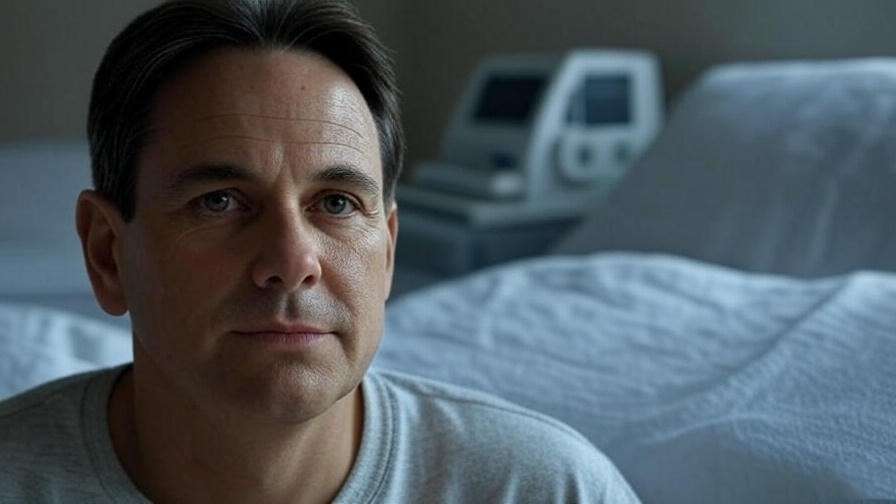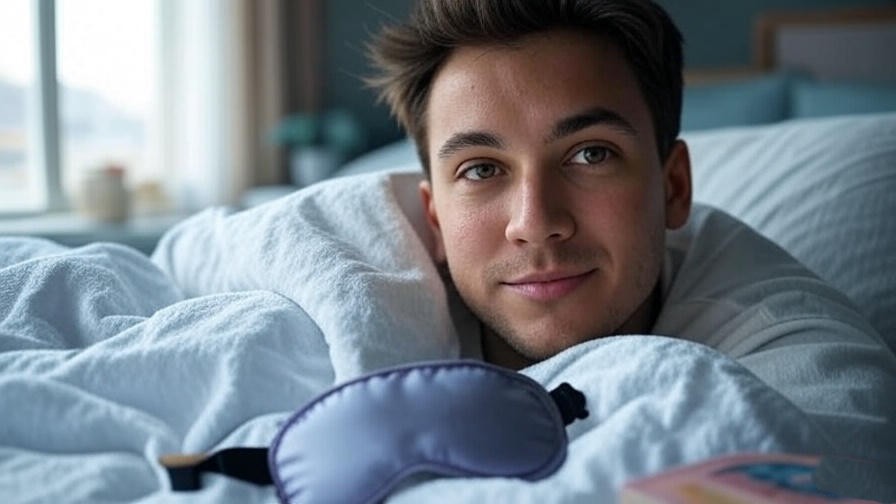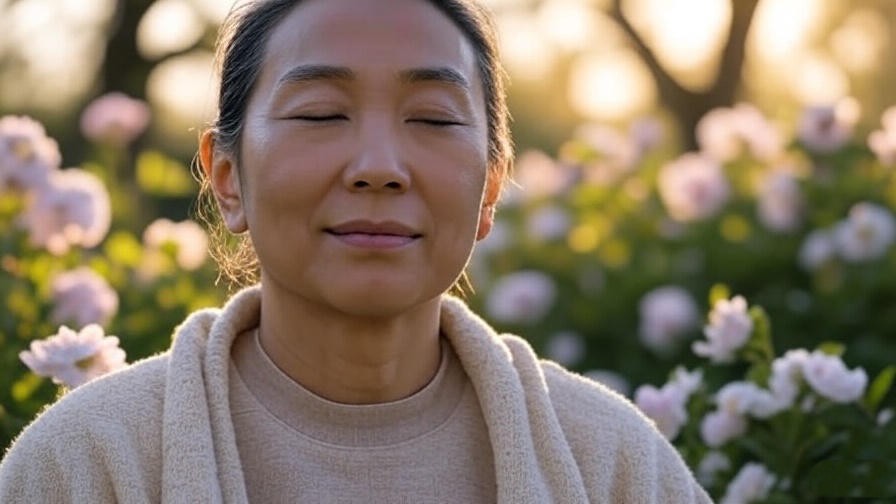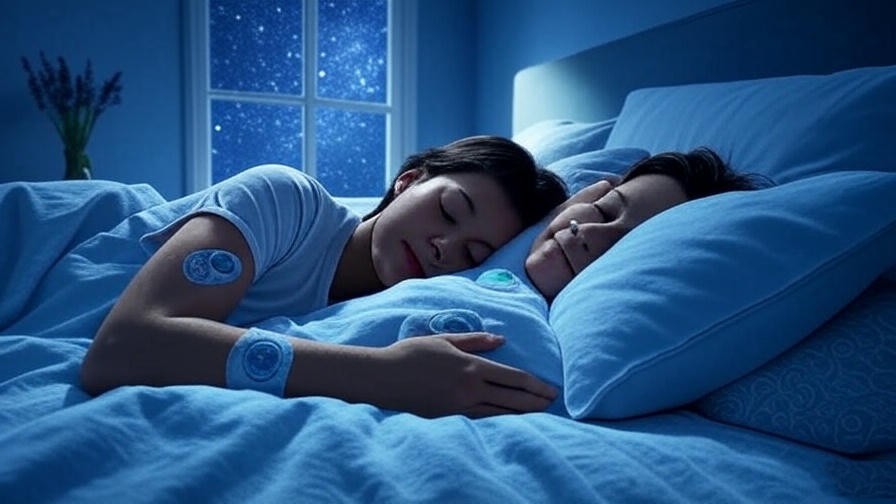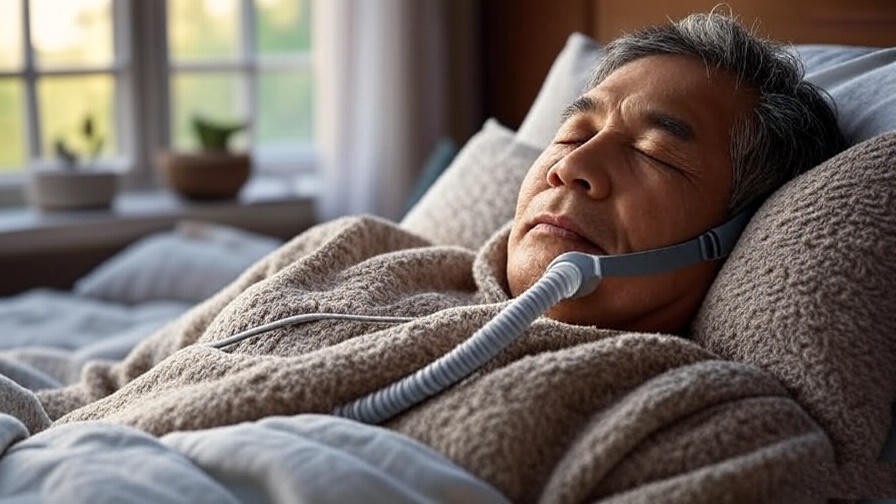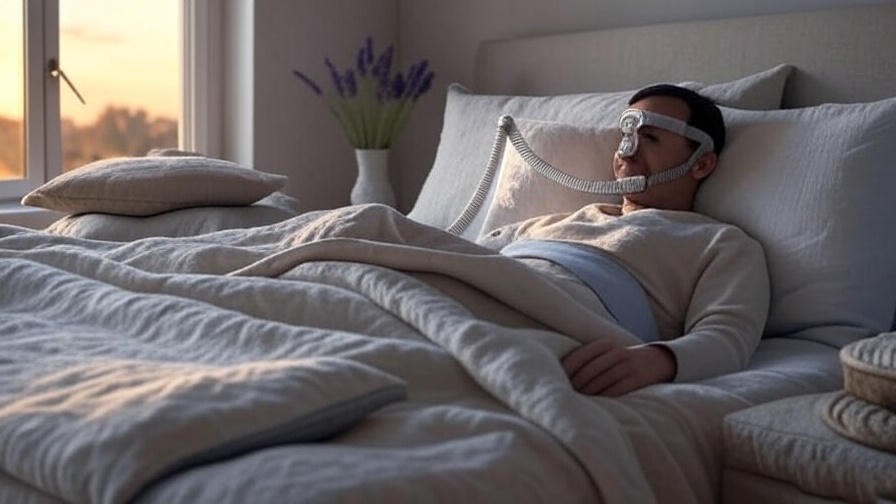Imagine waking up gasping for air, unaware that your body is silently battling a life-threatening condition. Sleep apnea, a disorder where breathing repeatedly stops during sleep, has claimed the lives of beloved celebrities, shining a spotlight on a hidden health crisis. Celebrities who died from sleep apnea, like Carrie Fisher and Reggie White, remind us that this condition spares no one, regardless of fame or fortune. This article explores their tragic stories, uncovers the science behind sleep apnea’s dangers, and provides actionable steps to safeguard your sleep health, empowering you to prioritize wellness and prevent similar tragedies.
Sleep apnea affects millions worldwide, often going undiagnosed until it’s too late. By understanding its risks and learning from high-profile cases, you can take control of your health. From symptoms to treatments, we’ll guide you through everything you need to know to protect yourself and your loved ones, ensuring better sleep and a healthier life.
What is Sleep Apnea? Understanding the Silent Threat
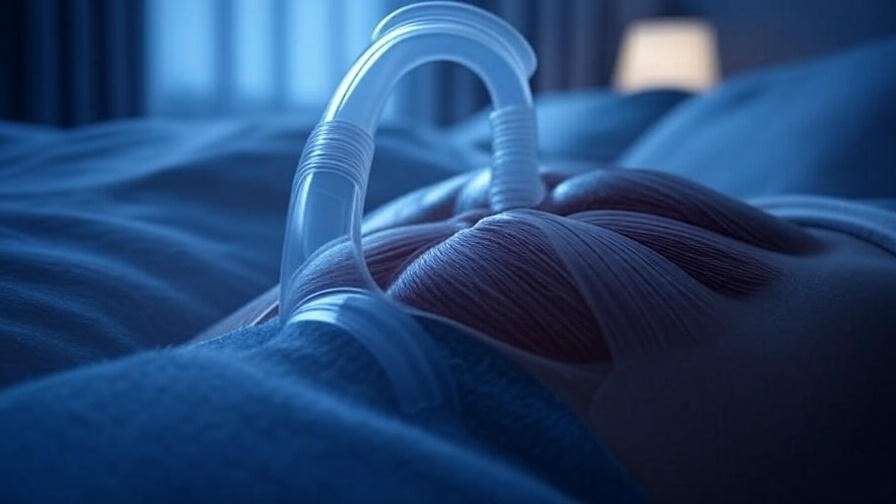
Defining Sleep Apnea
Sleep apnea is a serious sleep disorder characterized by repeated pauses in breathing during sleep, lasting from seconds to minutes. These interruptions, known as apneas, disrupt oxygen flow, straining the body and mind. There are three main types: Obstructive Sleep Apnea (OSA), the most common, occurs when throat muscles relax, blocking the airway. Central Sleep Apnea (CSA) happens when the brain fails to signal breathing muscles. Complex Sleep Apnea combines both. Left untreated, sleep apnea can lead to severe health complications, including heart disease and stroke.
Prevalence and Risk Factors
Sleep apnea affects an estimated 1 billion people globally, with approximately 25 million Americans living with the condition, though up to 80% remain undiagnosed. Risk factors include obesity, older age, male gender, smoking, and anatomical traits like a narrow airway or enlarged tonsils. Genetics also play a role, as do lifestyle factors such as alcohol consumption and sedentary habits. Women, while less prone, are often underdiagnosed due to atypical symptoms like fatigue rather than snoring.
Why It’s Dangerous
Untreated sleep apnea is far more than an inconvenience—it’s a silent killer. The repeated oxygen deprivation stresses the cardiovascular system, increasing risks for high blood pressure, heart attack, stroke, and heart failure. It’s also linked to type 2 diabetes, depression, and cognitive decline. A 2008 study from the University of Wisconsin-Madison found that severe, untreated sleep apnea increases mortality risk by over three times compared to those without the disorder. These statistics underscore the urgency of early detection and treatment.
Celebrities Кто Died from Sleep Apnea: Tragic Stories
Case Study 1: Carrie Fisher
Carrie Fisher, iconic for her role as Princess Leia in Star Wars, was a beloved actress and mental health advocate. On December 27, 2016, at age 60, she suffered a cardiac arrest on a flight from London to Los Angeles. The Los Angeles County Coroner’s report listed sleep apnea as a primary contributing factor, alongside atherosclerotic heart disease and drug use. Fisher’s assistant noted she experienced apneas during the flight, a hallmark of severe OSA. Her death shocked fans and highlighted sleep apnea’s deadly potential, even for those under medical care.
Case Study 2: Reggie White
Known as the “Minister of Defense,” Reggie White was an NFL legend, playing for the Philadelphia Eagles and Green Bay Packers. He died on December 26, 2004, at age 43, from a heart attack compounded by sleep apnea complications. White’s OSA contributed to cardiac arrhythmia, exacerbated by his weight and untreated condition. His sudden loss at a young age underscored the need for athletes, often at higher risk due to physical demands, to prioritize sleep health screenings.
Case Study 3: James Gandolfini
James Gandolfini, celebrated for his role as Tony Soprano in The Sopranos, died in 2013 at age 51 from a heart attack linked to sleep apnea. Despite undergoing surgery to manage his OSA, Gandolfini’s weight issues and inconsistent treatment left him vulnerable. His death in Italy, far from his usual medical support, highlighted the challenges of managing chronic conditions. The loss of this talented actor spurred discussions about the importance of consistent treatment adherence.
Case Study 4: Amanda Peterson
Amanda Peterson, known for her role in Can’t Buy Me Love, died in 2015 at age 43 from an accidental morphine overdose, with sleep apnea as a contributing factor, according to her father. Peterson’s struggle with undiagnosed OSA likely exacerbated her health issues, leading to her untimely death. Her case challenges the misconception that sleep apnea primarily affects men, emphasizing the need for women to seek diagnosis for vague symptoms like fatigue.
Common Themes in These Losses
These celebrity deaths share sobering patterns: untreated or undertreated sleep apnea, delayed diagnoses, and coexisting health conditions like obesity or heart disease. Fame often brings demanding schedules, delaying medical attention, while public personas can mask private health struggles. These tragedies highlight the universal risk of sleep apnea and the critical need for awareness, early diagnosis, and consistent treatment to prevent fatal outcomes.
The Science Behind Sleep Apnea’s Fatal Risks
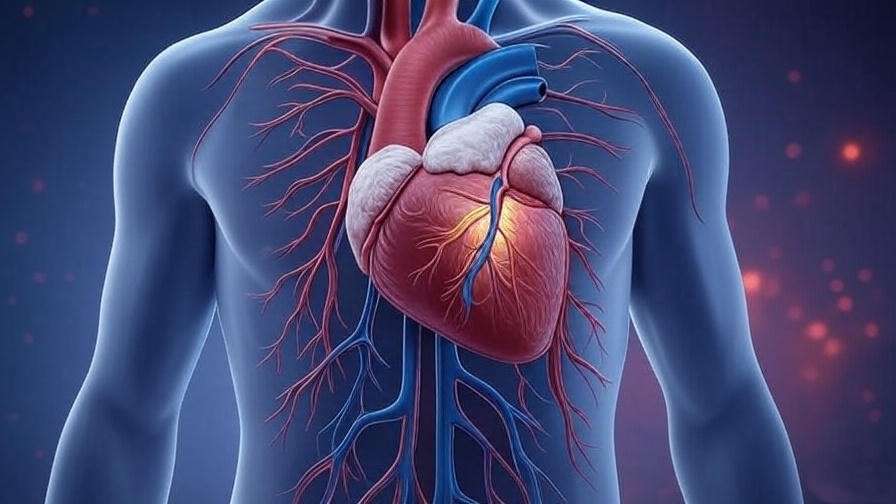
How Sleep Apnea Affects the Body
Sleep apnea causes repeated oxygen deprivation, triggering a stress response that elevates blood pressure and heart rate. This strain on the cardiovascular system can lead to arrhythmias, heart failure, or sudden cardiac death, particularly during nighttime hours. A 2020 study in Cardiovascular Pathology found a strong link between sleep apnea and sudden cardiac death, especially in those over 60 with severe cases. The brain and other organs also suffer from chronic oxygen shortages, impairing cognitive function and metabolism.
Long-Term Health Complications
Beyond cardiovascular risks, sleep apnea is associated with insulin resistance, increasing the likelihood of type 2 diabetes. It also contributes to pulmonary hypertension, stroke, and mental health issues like depression. The National Commission on Sleep Disorders Research estimates 38,000 annual deaths in the U.S. are linked to sleep apnea-related heart disease. These complications compound over time, making untreated sleep apnea a ticking time bomb for overall health.
Why Early Detection is Critical
Early diagnosis can be lifesaving. Studies show that consistent use of treatments like CPAP therapy reduces mortality risk significantly, with benefits observed after just one year of use. Success stories, like former NFL player Ryan Jensen, who credits CPAP with saving his career, demonstrate the power of timely intervention. Regular screenings, especially for high-risk groups, can prevent the progression of sleep apnea’s deadly consequences.
Recognizing Sleep Apnea: Symptoms and Warning Signs
Common Symptoms to Watch For
Sleep apnea symptoms vary but often include loud snoring, gasping or choking during sleep, daytime fatigue, and morning headaches. Other signs include dry mouth upon waking, irritability, difficulty concentrating, and restless sleep. Women may experience subtler symptoms, such as insomnia or mood changes, leading to underdiagnosis. Bed partners often notice symptoms first, making their observations critical for early detection.
Self-Assessment Tips
To assess your risk, ask yourself:
- Do I snore loudly or wake up gasping for air?
- Do I feel exhausted despite sleeping 7–8 hours?
- Do I have risk factors like obesity or a family history of sleep apnea?
Use the STOP-Bang questionnaire (Snoring, Tiredness, Observed apnea, Pressure, BMI, Age, Neck size, Gender) for a quick risk evaluation. Share results with a doctor to determine if a sleep study is needed.
When to Seek Medical Help
Seek medical attention if you experience persistent snoring, breathing pauses, or excessive daytime sleepiness. Urgent symptoms, like frequent gasping at night or severe morning headaches, warrant immediate consultation. Ask your doctor about polysomnography (a sleep study) or home sleep tests to confirm a diagnosis. Early action can prevent long-term health damage.
How to Protect Your Sleep Health: Actionable Steps
Lifestyle Changes to Reduce Risk
Simple changes can lower sleep apnea risk:
- Weight Management: Losing even 10% of body weight can reduce OSA severity.
- Exercise: Regular physical activity strengthens airway muscles and improves sleep quality.
- Avoid Alcohol and Sedatives: These relax throat muscles, worsening apneas.
- Sleep Position: Sleeping on your side may prevent airway collapse.
Creating a sleep-friendly environment—cool, dark, and quiet—also supports better rest.
Medical Treatments for Sleep Apnea
Effective treatments include:
- CPAP Therapy: Delivers continuous air pressure to keep airways open, reducing apneas.
- Oral Appliances: Mouthguard-like devices reposition the jaw to maintain airway patency.
- Surgery: Options like uvulopalatopharyngoplasty (UPPP) or Inspire therapy address severe cases.
Advancements, such as smaller, quieter CPAP machines, improve compliance. Consult a sleep specialist to find the best option.
The Role of Sleep Hygiene
Good sleep hygiene complements medical treatments:
- Maintain a consistent sleep schedule.
- Limit screen time before bed to reduce blue light exposure.
- Use relaxation techniques, like deep breathing, to ease into sleep.
These practices enhance overall sleep quality, reducing the impact of sleep apnea.
Holistic Approaches to Support Sleep

Holistic practices can support airway health and reduce stress:
- Meditation: Mindfulness meditation lowers stress, improving sleep quality.
- Yoga: Poses like Cobra or Fish strengthen respiratory muscles.
- Nasal Breathing Exercises: Techniques like alternate nostril breathing promote airway health.
Integrating these into your routine fosters holistic well-being, aligning with your body’s natural rhythms.
Expert Insights: What Doctors and Researchers Say
Interviews or Quotes from Sleep Specialists
Dr. Rebecca L. Robbins, a sleep researcher at Harvard Medical School, states, “Sleep apnea is significantly underdiagnosed, often because symptoms like snoring and fatigue seem benign. Public awareness is crucial.” She emphasizes that timely intervention with CPAP or oral appliances can reduce mortality risks. The American Academy of Sleep Medicine notes that consistent CPAP use lowers cardiovascular death risk, reinforcing the need for adherence.
Advances in Sleep Apnea Research
Recent innovations include portable home sleep tests for easier diagnosis and hypoglossal nerve stimulation (Inspire therapy) for CPAP-intolerant patients. Research also explores the role of nasal breathing aids, like MyoTape, in reducing snoring and supporting CPAP therapy. These advancements make treatment more accessible and effective, offering hope for better outcomes.
Raising Awareness: Lessons from Celebrity Tragedies

Why Public Awareness Matters
High-profile deaths like Carrie Fisher’s have spotlighted sleep apnea, driving public interest and encouraging screenings. Campaigns like those by Shaquille O’Neal, who shared his diagnosis journey with Harvard Medical School, inspire others to seek help. These efforts break the stigma around snoring and sleep disorders, promoting proactive health measures.
How to Advocate for Your Health
Empower yourself by:
- Scheduling regular health checkups to monitor sleep issues.
- Asking for referrals to sleep clinics or specialists.
- Joining support groups to connect with others managing sleep apnea.
Resources like the American Sleep Apnea Association offer tools and community support to guide your journey.
FAQs About Sleep Apnea
What are the first signs of sleep apnea?
Loud snoring, gasping during sleep, daytime fatigue, and morning headaches are common indicators. Bed partners may notice breathing pauses.
Can sleep apnea be cured without a CPAP machine?
While CPAP is the gold standard, oral appliances, surgery, or lifestyle changes can manage milder cases. Consult a specialist for personalized options.
How is sleep apnea diagnosed?
Diagnosis typically involves a polysomnography sleep study or a home sleep test to measure breathing patterns and oxygen levels.
Are there natural remedies for sleep apnea?
Weight loss, side sleeping, and nasal breathing exercises can help, but medical evaluation is essential for severe cases.
How can I support a loved one with sleep apnea?
Encourage them to seek diagnosis, support treatment adherence, and promote healthy sleep habits. Offer emotional support and join them at appointments.
Conclusion
The tragic losses of celebrities like Carrie Fisher, Reggie White, James Gandolfini, and Amanda Peterson underscore the deadly consequences of untreated sleep apnea. Their stories serve as a wake-up call, urging us to prioritize sleep health and seek early diagnosis. By recognizing symptoms, adopting lifestyle changes, and exploring treatments like CPAP or oral appliances, you can protect your well-being and prevent similar tragedies. Take action today—consult a sleep specialist, assess your risk, and share this knowledge to raise awareness. Better sleep means a healthier, happier life.

